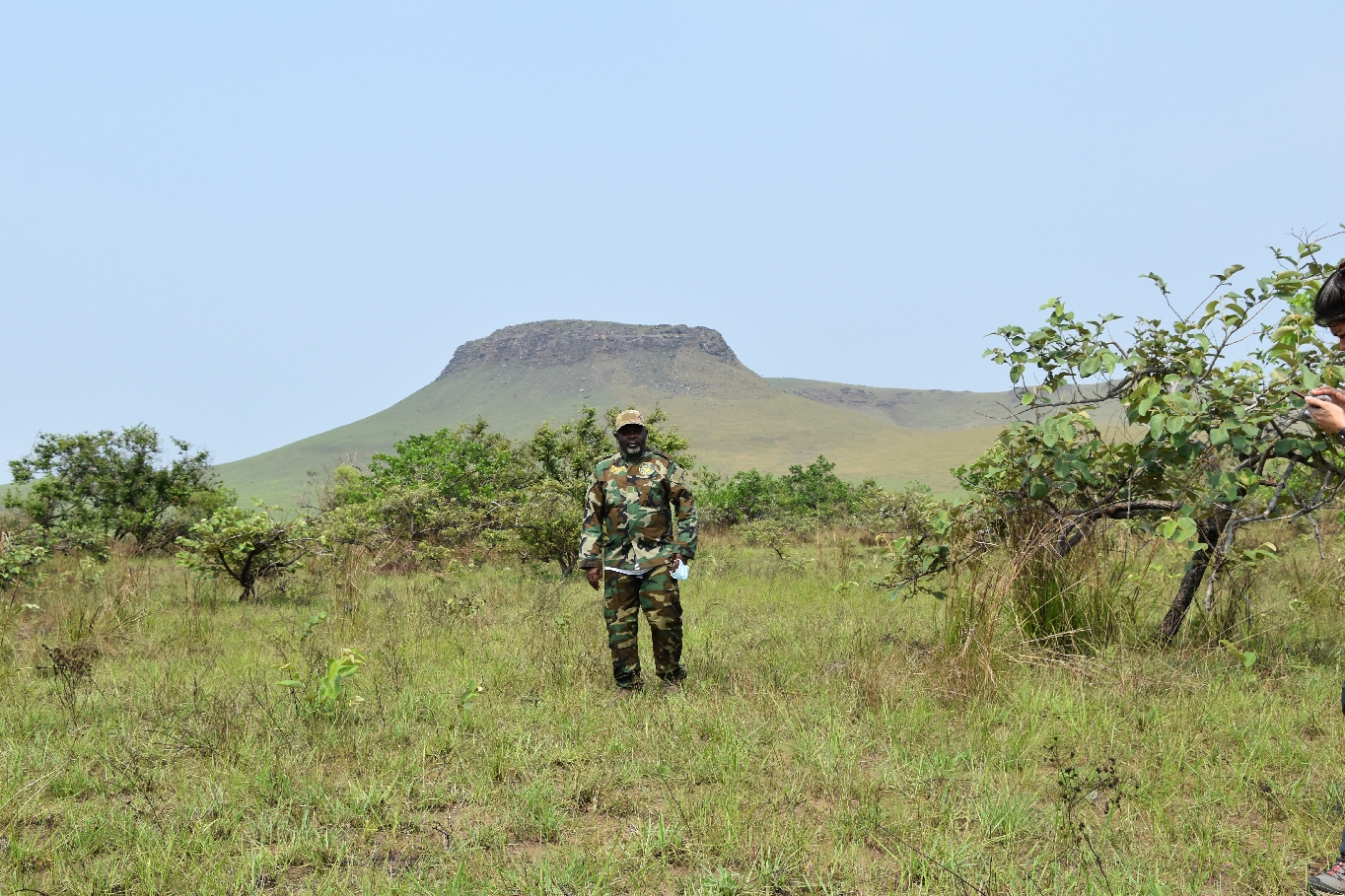

The original aim of the project was the reintroduction of Critically Endangered western lowland gorillas back to a protected area in the wild. Initially the project would enable the release of rehabilitated wild-born orphans, with captive-bred animals repatriated from the UK as the project progressed. Having a clear aim enabled the plan to be developed and that included, but was not limited to:
- Location and establishment of the protected area
- Legal requirements, including licences and permissions
- Staffing requirements, including training
- Animal care, including veterinary support
- Identification of threats & pressures and mitigation measures required
- Infrastructure required
- Local community impact and engagement
- Local community support through capacity building and alternative income streams
- Funding requirements, including capital expenditure and operating costs
- Reporting Structure
- Sustainability
Projects are not static, they evolve and bring about change. In addition they can be affected by outside factors. Once the project commenced it has been subject to regular assessment. As the project developed it has broadened in scope and adaptations have been made through continuous oversight of the activities in progress.
Highly motivated and skilled team members with access to training when required. Good communication, both in country and with team members in the UK head office. Clarity in the roles of the team and the decision-making process.
Whilst the initial plan must be well-researched and well-constructed it must also be open to adaptation as necessary. There may be occasions when outside forces may impact on a project, for example during a period of civil unrest, where decisive prompt action will be required.